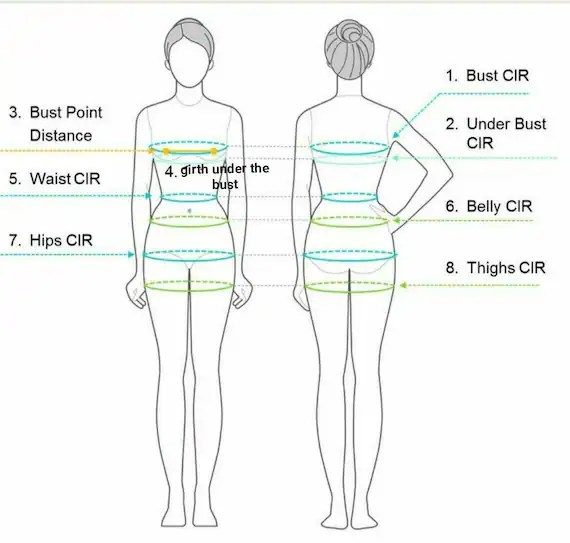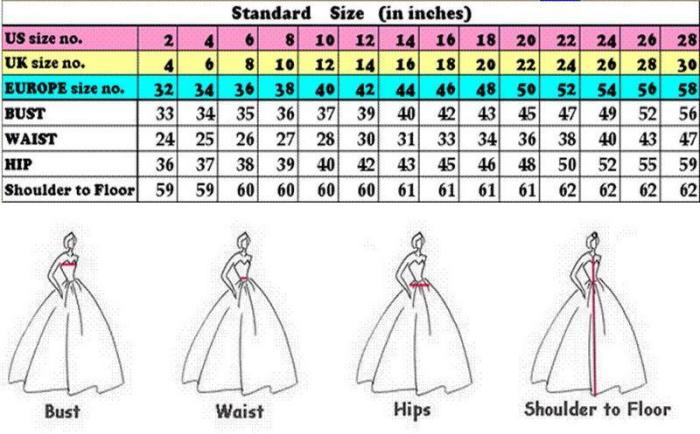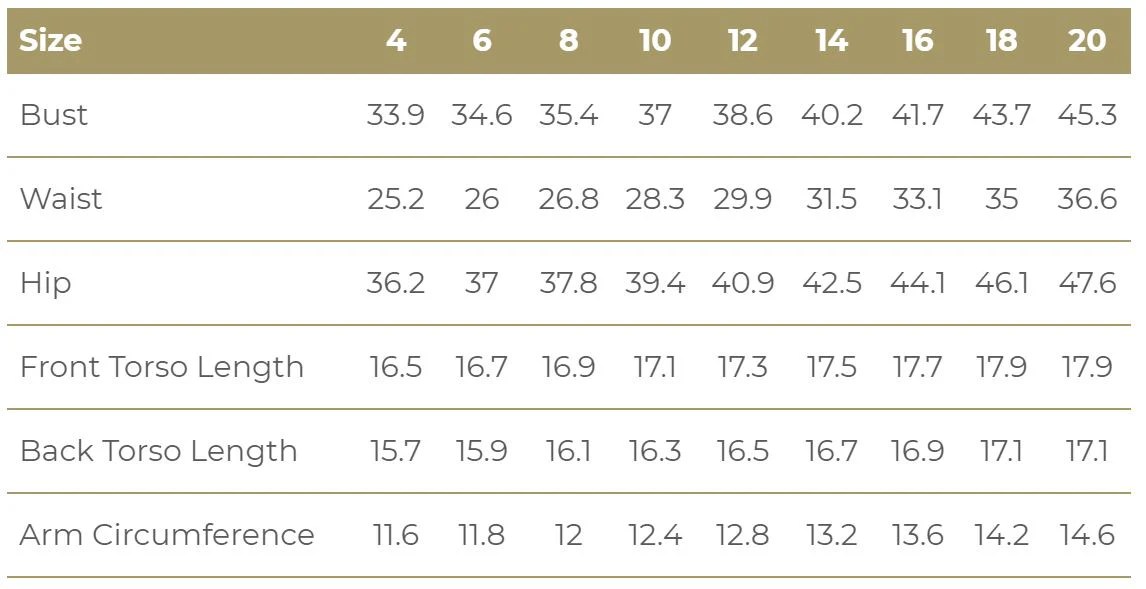
Understanding Bridal Sizing Systems
What is my wedding dress size – Navigating wedding dress sizes can be challenging due to variations across brands, countries, and even fabric types. This section clarifies the complexities of bridal sizing to help you find the perfect fit.
Bridal Sizing Chart Comparisons
Bridal sizing charts differ significantly between brands. For example, a size 10 in one brand might correspond to a size 12 in another. This discrepancy stems from varying design aesthetics, target demographics, and manufacturing processes. Some brands prioritize a more generous fit, while others opt for a more tailored silhouette. Always consult the specific size chart provided by the designer or retailer.
International and Designer Size Variations
International sizing standards also vary considerably. A US size 8 isn’t necessarily equivalent to a UK size 8 or an EU size 38. Furthermore, individual designers may have their own unique sizing systems, often reflecting their signature style and fit preferences. Checking multiple size charts and potentially ordering samples are essential steps in the process.
Fabric Type’s Influence on Size and Fit
The type of fabric used significantly impacts how a wedding dress fits. Heavier fabrics like satin or brocade can drape differently and might require a slightly larger size than lighter fabrics like chiffon or tulle. Stretchy fabrics, such as lace with Lycra, offer more flexibility in sizing. Understanding how different fabrics behave is crucial for selecting the appropriate size.
Standard Bridal Size Comparison Table
This table provides a general comparison of standard bridal sizes across US, UK, and EU systems. Remember that these are approximations, and actual sizes may vary between brands and designers.
| US Size | UK Size | EU Size | Approximate Bust (inches) |
|---|---|---|---|
| 6 | 8 | 36 | 34-35 |
| 8 | 10 | 38 | 36-37 |
| 10 | 12 | 40 | 38-39 |
| 12 | 14 | 42 | 40-41 |
Measuring Your Body for the Perfect Fit
Accurate measurements are paramount for a well-fitting wedding dress. This section provides a detailed guide to measuring yourself and emphasizes the value of professional fittings.
Step-by-Step Measurement Guide
Use a flexible measuring tape and follow these steps:
- Bust: Measure around the fullest part of your bust, keeping the tape measure level.
- Waist: Measure around your natural waistline, the narrowest part of your torso.
- Hips: Measure around the fullest part of your hips, keeping the tape measure level.
Ensure the tape measure is snug but not too tight. Repeat each measurement twice to ensure accuracy.
Importance of Professional Bridal Fittings
While self-measuring is a good starting point, professional fittings are crucial. An experienced bridal consultant can identify areas that require adjustments and ensure the dress fits perfectly to your unique body shape and posture. They can also offer valuable advice on dress styles that complement your figure.
Posture and Body Position During Measurements
Maintaining good posture is essential for accurate measurements. Stand tall with your shoulders relaxed and your weight evenly distributed. Avoid slouching or arching your back, as this can significantly affect the measurements and the final fit of the dress.
Infographic on Proper Measurement Techniques
The infographic would depict a woman standing in proper posture. Arrows would indicate the correct placement of the measuring tape for bust, waist, and hip measurements. Clear labels would identify each measurement point. The image would also include text emphasizing the importance of maintaining good posture and using a flexible tape measure. Simple, clear illustrations of correct vs.
incorrect posture would be included.
Factors Affecting Wedding Dress Size
Beyond standard body measurements, several other factors influence wedding dress size selection. Understanding these factors can prevent sizing issues and ensure a comfortable and flattering fit.
Factors Beyond Standard Measurements
The style of the dress significantly impacts the perceived size. A-line dresses generally offer more room, while mermaid or sheath styles are more form-fitting. Fabric weight also plays a role; heavier fabrics can add volume, while lighter fabrics drape more fluidly. Undergarments, such as shapewear, can also affect the final fit.
Dress Style’s Influence on Perceived Size

Source: made-in-china.com
A-line dresses tend to be more forgiving and can accommodate a wider range of body types. Mermaid and trumpet styles hug the body more closely, potentially requiring a more precise size. Ballgown styles often have a fuller skirt, which can mask body shape and require a different size consideration compared to a more fitted style. Consider the style’s inherent volume and its impact on your overall look.
Alterations and Their Impact
Alterations are common and can significantly improve the fit of a wedding dress. They can adjust the length, waistline, bust, and other areas to achieve a perfect fit. A skilled seamstress can make adjustments to accommodate variations in body measurements and ensure a comfortable and flattering look.
Common Alterations and Their Impact
- Bustle: Adds volume to the back of the dress, often used for ballgowns.
- Hemline adjustments: Shortens or lengthens the dress to achieve the desired length.
- Waistline adjustments: Takes in or lets out the waist to create a more flattering silhouette.
- Shoulder strap adjustments: Adjusts the straps for a better fit and comfort.
Finding Your Dress Size Online and In-Store: What Is My Wedding Dress Size
Purchasing a wedding dress involves navigating both online and in-store options. Understanding the pros and cons of each approach is essential for making an informed decision.
Online Bridal Retailer Size Guides
Online bridal retailers, such as David’s Bridal, BHLDN, and Nordstrom, often provide detailed size charts. However, these charts can vary considerably in their measurements and sizing systems. It’s crucial to carefully compare the charts before making a purchase.
Ordering a Wedding Dress Online
Ordering online requires careful consideration of size and alterations. Always refer to the retailer’s size chart and consider ordering a sample size if possible to try on before committing to a purchase. Factor in time for shipping and potential alterations.
In-Store Wedding Dress Fittings, What is my wedding dress size
In-store fittings allow for personalized attention and expert guidance. A bridal consultant can help you find the perfect dress and ensure it fits correctly. They can also offer valuable advice on alterations and accessories.
Online vs. In-Store: Pros and Cons
| Feature | Online | In-Store |
|---|---|---|
| Convenience | High | Moderate |
| Personalization | Low | High |
| Cost | Potentially lower | Potentially higher |
| Fitting | Difficult | Easy |
Addressing Sizing Concerns and Challenges

Source: shopify.com
Addressing sizing concerns proactively can prevent disappointments and ensure a positive wedding dress shopping experience. This section offers solutions for common sizing challenges.
Common Sizing Issues and Solutions

Source: etsystatic.com
Common issues include discrepancies between brands, difficulty finding the right size online, and challenges with alterations. Solutions include ordering sample sizes, seeking professional fittings, and consulting with experienced seamstresses. Accurate measurements and a clear understanding of the dress style are key to avoiding problems.
Addressing Sizing Discrepancies
If you encounter discrepancies between different brands’ size charts, prioritize trying on samples if possible. If that’s not feasible, carefully compare measurements from multiple charts and choose the size that aligns best with your body measurements and the specific dress style.
Importance of Sample Sizes
Ordering a sample size allows you to try on the dress before committing to a purchase. This helps verify the fit and identify any necessary alterations. It minimizes the risk of ordering the wrong size and saves time and potential costs.
Correct Measuring Tape Usage
Use a flexible tape measure, ensuring it lies flat against your body. Avoid pulling it too tightly or too loosely. Repeat measurements to ensure accuracy. For bust and hip measurements, ensure the tape measure is level and positioned at the fullest points.
Question & Answer Hub
What if my measurements fall between sizes?
It’s common! Order the larger size and have it altered. It’s easier to take in a dress than let it out.
How much should I expect to pay for alterations?
Alteration costs vary greatly depending on the complexity of the adjustments needed. It’s best to get quotes from several seamstresses.
Can I return a wedding dress if it doesn’t fit?
Return policies vary by retailer. Check the store’s policy carefully before purchasing. Many stores have strict policies on returns for custom-ordered dresses.
Should I order my wedding dress online or in a store?
Both options have advantages and disadvantages. In-store allows for fittings, while online offers wider selection and potentially lower prices. Consider your comfort level and budget.